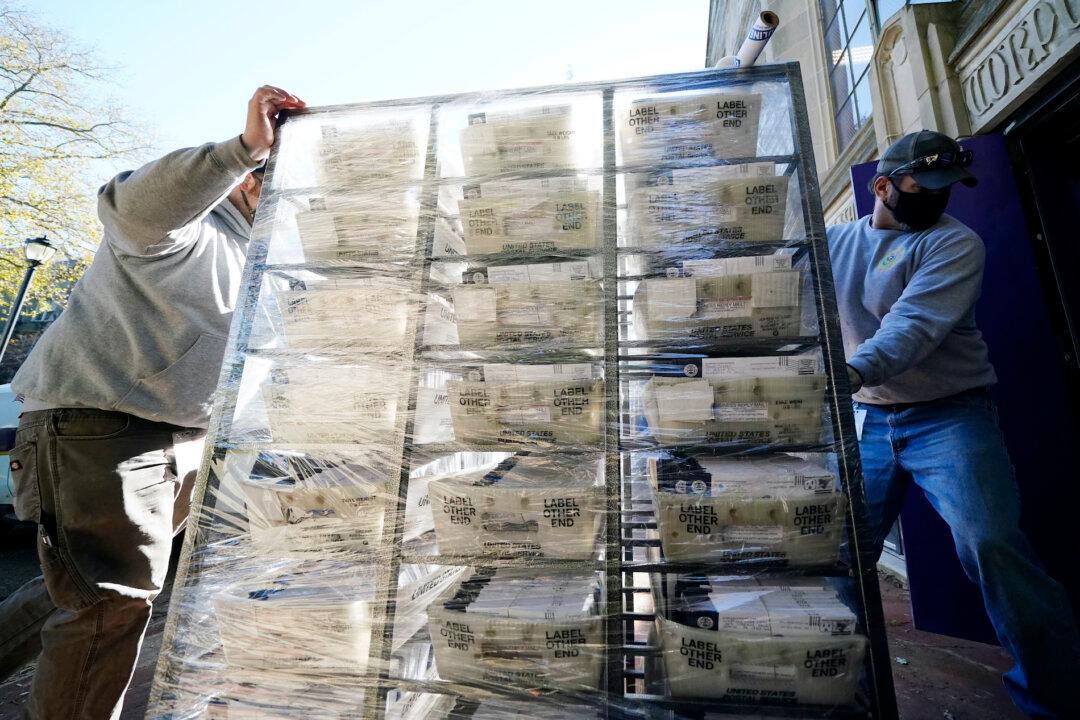Commentary
By a margin of 52 percent to 40 percent, voters believe that “cheating affected the outcome of the 2020 U.S. presidential election.” That’s per a Rasmussen Reports survey from this month. This stands in stark contrast to the countless news stories editorializing about “no evidence of voter fraud“ and “the myth of voter fraud.”





